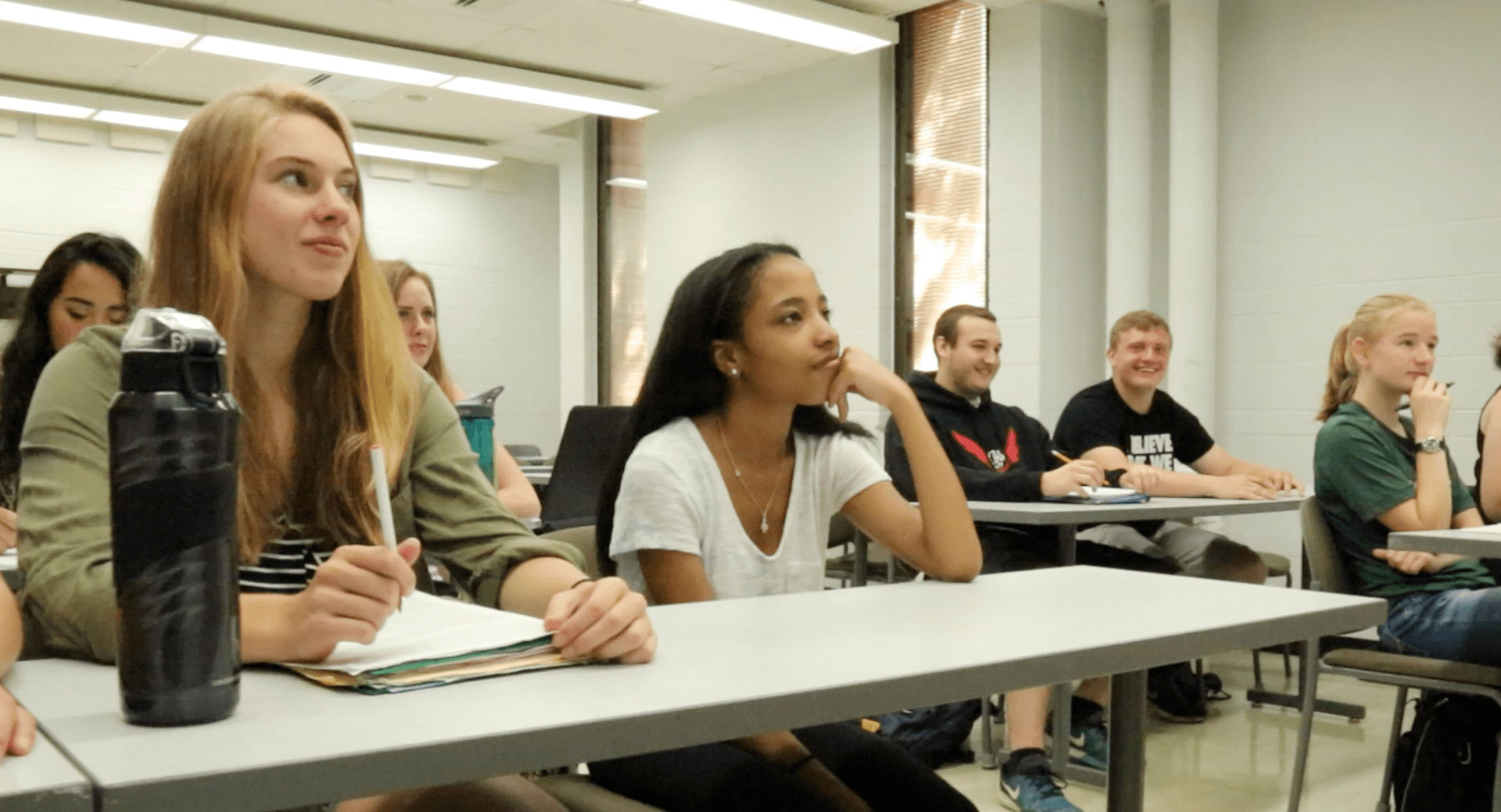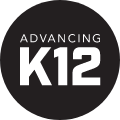
For an increasing number of students, post-secondary schooling feels more like a pipe dream than a purpose. Research has shown that a word of encouragement every now and then and a little self confidence might be all they need to turn that perception around.
The value of a basic support network cannot be underestimated. A young adult who faces an opportunity gap is 55% more likely to enroll in college when partnered with a mentor than when going it alone.
It's easy to understand why. Students who struggle through their academic careers with nobody around to play the role of guide and cheerleader have little reason to believe in their ability to rise above their environment or overcome an inconsistent educational past. It's a heartbreaking cycle that can lead to generations of decline.
Yes, this problem starts in the home, but that doesn't mean that those in the education community are powerless to stop it. Encouragement can present itself in many different ways, and even the smallest effort has the potential to bloom into a revelatory and life-changing moment for any student.
Destination: College?
"Get good grades, go to college, succeed."Thus reads the narrative that has been drilled into students for decades. The worthiness of this axiom in modern times is a topic for another time, but for the purpose of this article, it's important to understand why this model is not working for students from households where college enrollment is not a top priority.
A report from the Jack Kent Cooke Foundation shows that just 3% of students at America’s most selective colleges and universities come from families at the bottom 25% of the income scale – and it’s not because they aren’t qualified to be there. Low-income students are more likely to “undermatch” – to enroll in a college that is less rigorous than the ones they are academically qualified for.
Even when they’ve been accepted, up to 40% of low-income students don’t actually attend college. The reasons are countless – everything from tuition prices to complicated paperwork to the crushing psychological weight of "outsider syndrome" can prevent a student from making it to the first day of class.
When I come across statistics like this, my first thought is to dig for the root cause, even knowing there are so many variables in play that it is all but impossible to identify those that play the biggest role. Even so, one intangible factor stood out to me as a recurring theme across much of the research: support.
The Value of Encouragement
It costs a lot to go to college, but it might cost even more not to. With each step up in education level, annual earnings increase, unemployment rates drop, and the likelihood of living in poverty goes down, according to the Pew Research Center. What can turn the tide?In a word, encouragement.
Support networks come in all shapes and sizes, and they can make all the difference. Formal groups at the school or district level can provide college campus retreats, tutoring, counseling, academic enrichment, and other forms of precollege support – and they've been proven to work time and again. College Horizons, a non-profit that supports Native American students in the college application process, sees 99% of its participants accepted to college and 85% of its alumni graduate within five years.
These systems of support are so essential that students sometimes band together to create what they need. An Atlantic article features a grassroots group of Latino students called La Raza from rural Roma, Texas, who help each other with everything from getting textbooks to finding rides home and building a professional network.
La Raza member Jesús explains why this support matters so much: “You think you’re the only one struggling. But no. Everyone is in the same boat.”
The concept of student support systems isn't exclusive to minority populations, either. You'll find victims of bullying, rocky familial situations, and low expectations in every racial and socioeconomic subcategory. Every teacher can point to the students in their classes who could benefit most from a stronger support network, just like every principal quickly learns the names of those with the worst behavioral record.
The key question for administrators is this: Do you have the resources in place to step in and provide that extra boost of confidence to the students who need it most?
What Does this Mean for K-12?
The foundation for post-secondary success is laid long before the junior and senior years of high school. An intentional approach to building awareness of post-secondary opportunities in the early years will leave students well-informed and well-prepared come graduation.Start early: Researchers from the University of Michigan found that early exposure to college, mentoring, and community service has a positive impact on disadvantaged students’ attitudes about college. Programs that motivate students and educate parents about college options are popping up all across the nation, commonly starting around 5th or 6th grade. If your district doesn’t yet have an Early College Awareness program, check out this Harvard guide to learn how to start your own.
Get with the program(s): Work with your counseling staff and your communications team to make sure summer pre-college programs, test prep classes, FAFSA completion nights, and other supports are well-publicized through all available channels – especially those that will reach more of the students who can benefit most. Think beyond the bulletin board – get on social media, use your parent portal, and consider nominating a group of student ambassadors to promote programs peer-to-peer.
Think outside the box: When it comes to developing new programs to meet your students’ specific needs, don’t be afraid to get creative. One community college in New York has a significant population of students who don’t live with their parents or whose parents are unfamiliar with the college application and transfer process. The college created an organization called “Pushy Moms,” a group whose members are familiar with the ins-and-outs of the college application and transfer process and are willing to put that knowledge to work helping students one-on-one.
Use your data: The data available through your student information system can be a huge help in matching students with the right supports. Consider some professional development days for counselors, teachers, and administrators with a focus on data – where can they find it, what does it mean, and how can they use it to identify the most effective interventions for their students? Students and parents should be able to track educational career plans and stay on top of which courses will help them achieve their goals. Your responsibility is to be aware of what's available. If your technology needs an upgrade, the research cited in this article should be reason enough to pull the trigger.
Create a buzz: A little excitement goes a long way – bring your community together to celebrate scholars the same way you do athletes and stars. Sign up and start planning a College Signing Day event – there’s even a toolkit to help you get started! Elementary and middle school students can join in on the festivities and start dreaming of their own signing day. This strategy is all about priorities – students need to understand that no matter what they're passionate about, there are opportunities for them after high school.
When it comes down to it, a few consistent messages can have a tremendous impact. Put extra focus on encouraging your students, and advise your staff to do the same. Simple messages like, “We believe in you,” “We’re here for you,” and “You can be a college graduate – yes, YOU!” might make all the difference.
We know that not every student is growing up in a home that values a college education. But it's a door that should always be left open. Find ways to support and encourage the college dream at every level and you may just turn some of those college no-shows into lifelong success stories.
WHAT'S NEXT FOR YOUR EDTECH? The right combo of tools & support retains staff and serves students better. We'd love to help. Visit skyward.com/get-started to learn more.

|
Advancing K12 Staff Edtech Thought Leaders |




